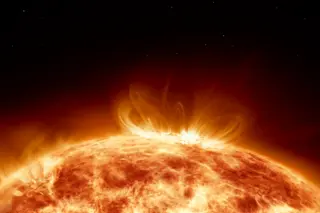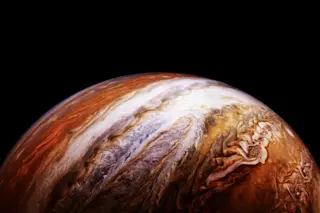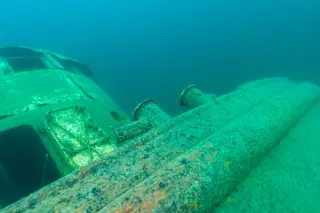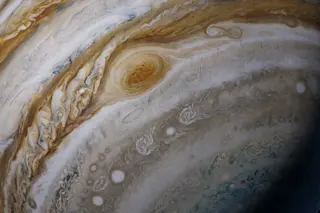This is the fourteenth in a series of reports from the HI-SEAS simulated Mars mission. Read others in the series here.
UPDATE 3:03PM CDT | Early Monday morning Hawaii time, Tropical Storm Flossie tracked north and then west, just glancing the Big Island, on a path for Maui. At the habitat, all is calm, safe and sound. Winds on the Red Planet can rage up to 100 miles per hour---hurricane speeds on Earth. But thanks to an atmosphere about 1 percent as dense as our planet’s, such gusts don’t pack a punch. And while the wind is often sandy, the grains are fine. It’s less sandblast and more smoke cloud. The problem, however, is that these clouds can expand to cover areas the size of Earth's continents and last weeks or months, blocking energy from the sun and potentially damaging joints on rovers or other equipment. On Earth, our storms ...












